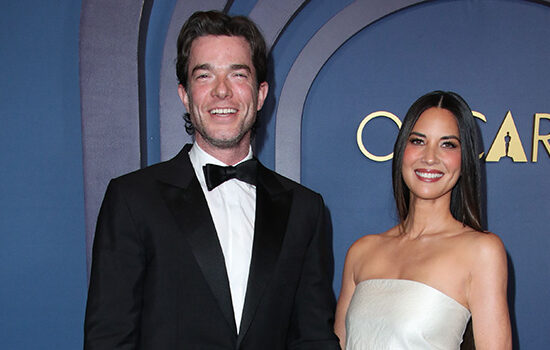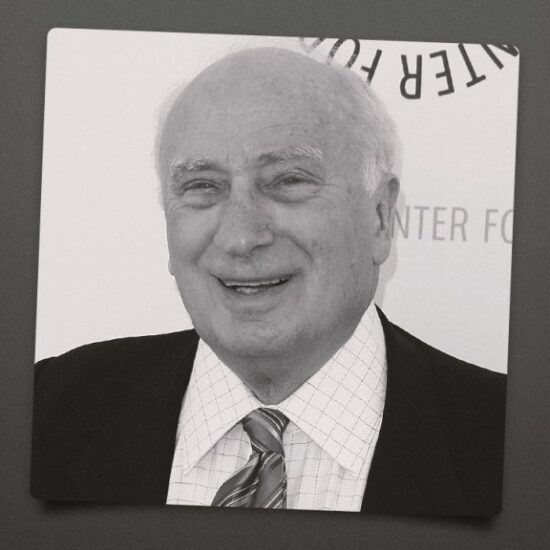
I love TV. I love all kinds of TV. I haven’t cut any cords, I subscribe to all of the streamers. I have NBA League Pass. I am in two different fantasy leagues pertaining to MTV’s The Challenge. I also have a 3-month-old, so lately there’s a lot of time to kill while feeding the baby in the wee hours of the night. I am a consumer who loves content. And as a creator, I also relish the opportunities to be had in longform storytelling, be it in a limited or ongoing series.
Having said that, as a creator, it’s terrifying. In a landscape so rich with content, I’ve had to ask myself: Is there an opportunity to break through? I hope so. I think so.
I say this acknowledging that I’m part of the “oversaturation problem.” I’m an executive producer of two and a co-showrunner of one of the true-crime shows to debut amidst the trend of this genre lately. It wasn’t planned that way. The Dropout, about fraudulent techpreneur Elizabeth Holmes, was supposed to shoot in 2020, and then the pandemic happened. And so somehow it and The Girl From Plainville, which centers on the “texting suicide case,” premiered within a few weeks of each other, at the same time as a swath of other shows that fall under the same genre.
I think dismissing any of these shows as simply “true crime” is ignoring the intricacies and differences that make them special. It’s a challenge to work in a genre that has somewhat set rules. There could be expectations from an audience of what this kind of series will deliver. But within those expectations, I found a surprising pocket of freedom. Because there’s no way to satisfy everyone. There’s no way to deliver the perfect telling of a story to every individual.
With Plainville, we consciously embraced these differences. We loved the challenge of telling a story about a very internal character and unraveling how we could tell it in a way that challenged us as writers. Our room leaned into “out there” ideas. We called it “crazy idea hour,” where no idea was a bad idea. No idea had to be fully baked. And that is how some of the most special moments of Plainville came to be. [Protagonist] Michelle Carter’s fantasies became an opportunity for us to express her interior monologue that was elusive in the straightforward storytelling we lived in for the majority of the show. Without this weekly hour, we wouldn’t have gotten a choir taunting Michelle with a rendition of “Teenage Dirtbag” or the majority of the finale.
With Plainville, we were confronted with the challenge of depicting text messages onscreen in a medium that has been playing with different ways to do this for decades. And a lot of those ways are great, but here we had the added challenge of two characters who had only met three times in person in real life, who constantly texted the most intimate details of their lives together, and who were the emotional and dramatic crux of the show.
My co-showrunner, Patrick Macmanus, pitched early on the idea of depicting these texts as in-person conversations. And we then spent a year deciding how that looked: Are they in a dark void of technology? Are they at the same location every time? How are they dressed? Ultimately, we decided that the perspective of whomever started the conversation brought their scene partner into their space. With this, and with the presentation of the real texts, it offered both a solution to our texting onscreen problem, but also a deeper question as to how texts are intended, read and interpreted and the miscommunication that happens at every point.
It’s the fear of inundating audiences with the familiar that I think pushes all of us to find a way to be different, to challenge ourselves to look for a new way in. I love tuning in to watch how my colleagues have tackled this challenge and am more than a little jealous when I see a brilliant answer to this dilemma that I would have never come up with. And because of that, it pushes me to go further. To think more outside of the box. To stretch my crazy idea hour into a week.
I love TV. And now that my kid finally passed out, I’m going to go catch up on it.
This story first appeared in the June 1 issue of The Hollywood Reporter magazine. Click here to subscribe.













